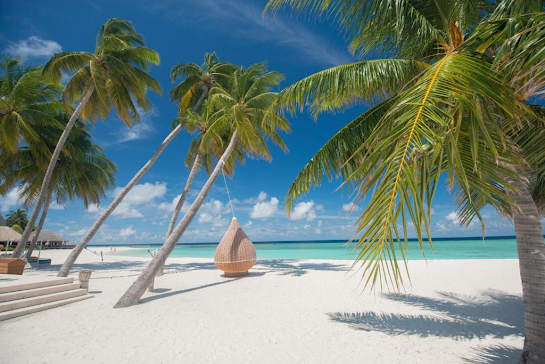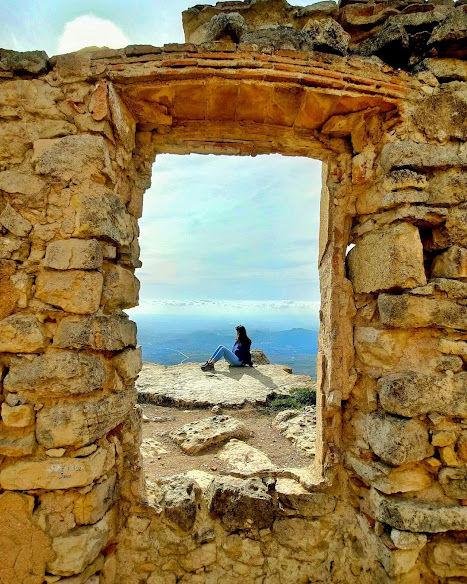Where to go: Visit Anand Stall near Mithibai College for the best Vada Pav, and try
the Pav Bhaji at Sardar Pav Bhaji in Tardeo.
2. Delhi: The Capital of Chaat
Delhi’s street food scene is as vibrant and diverse as the
city itself. Known as the “Chaat Capital of India,” Delhi offers an array of
tangy, spicy, and sweet snacks that are sure to tantalize your taste buds.
- Gol Gappe: Also known as Pani Puri or Puchka in
other parts of India, these crispy puris filled with tangy tamarind water,
chickpeas, and potatoes are a crowd favorite.
- Aloo Tikki Chaat: Aloo tikki, made from
spiced mashed potatoes, is fried to perfection and topped with curd, chutneys,
and spices. It’s a perfect combination of hot, cold, sweet, and spicy.
Where to go: Try Gol Gappe at UPSC Chaat Wala, and for
Aloo Tikki Chaat, head to Natraj Dahi Bhalle Wala near Chandni Chowk.
3. Kolkata: The City of Puchka and Kathi Rolls
Kolkata, the cultural capital of India, offers street food
that’s as artistic and flavorful as the city itself. The local street food here
is influenced by Bengali, Mughlai, and Chinese cuisines.
- Puchka: Kolkata’s
version of Gol Gappe, Puchka is filled with spiced tamarind water, mashed
potatoes, and chickpeas. It’s tangier and spicier than its northern
counterparts.
- Kathi
Rolls: A flaky paratha rolled with skewered and
grilled fillings like chicken, mutton, paneer, or vegetables, topped with
onions, sauces, and sometimes egg. Kathi rolls originated in Kolkata and are
now popular across India.
- Jhalmuri: A
spicy, crunchy snack made with puffed rice, mustard oil, peanuts, onions, and
green chilies. It’s a perfect on-the-go snack to enjoy while exploring the
city.
Where
to go: For the best Puchka, visit Vivekananda Park in
South Kolkata. For Kathi Rolls, head to Nizam’s in New Market, the birthplace
of the dish.
4. Ahmedabad: The Land of Dhokla and Fafda
Jalebi
Gujarati street food offers a unique balance of sweet and
savory flavors. Ahmedabad, the largest city in Gujarat, is home to some of the
best vegetarian street food in India.
- Dhokla: A steamed,
fermented snack made from rice and chickpea flour, Dhokla is soft, spongy, and
slightly tangy. It’s often garnished with mustard seeds, green chilies, and
fresh coriander.
- Fafda Jalebi: A popular
breakfast combo, Fafda is a crunchy, savory snack made from chickpea flour, and
Jalebi is a sweet, deep-fried spiral soaked in sugar syrup. The contrast
between the crispy, salty Fafda and the sugary Jalebi is a delight.
- Khaman: Similar to
Dhokla, but fluffier and lighter, Khaman is served with sev, chutneys, and
occasionally a drizzle of oil.
Where to go: Manek Chowk, a bustling night market, is the
best place to sample these delicacies in Ahmedabad.
5. Hyderabad: The Land of Irani Chai and Kebabs
Hyderabad’s street food is a blend of Nizami and Andhra
influences, offering a unique mix of rich, flavorful, and spicy dishes. Street
food here is more than just snacks—it’s a culinary experience.
- Hyderabadi Biryani: No
visit to Hyderabad is complete without tasting the city’s world-famous biryani.
The street food versions are quick, spicy, and flavorful.
- Kebabs: Seekh Kebabs,
Shami Kebabs, and Patthar Ka Gosht are just a few of the many varieties you’ll
find on Hyderabad’s streets. The smoky, marinated meat grilled over charcoal is
a treat for any non-vegetarian.
- Irani Chai: Pair your
snacks with Hyderabad’s signature Irani Chai—a strong, milky tea served in
small glasses. It’s usually accompanied by Osmania biscuits or samosas.
Where to go: Charminar’s Laad Bazaar is the ideal spot
for authentic street food, including Biryani and Kebabs.
6. Chennai: The Hub of
Idli, Dosa, and Filter Coffee
Chennai’s street food scene revolves around South Indian
classics, but with its own local twist. If you’re a fan of rice and
lentil-based snacks, this is the place for you.
- Idli and Dosa: These
rice and lentil pancakes are staples of South Indian street food. Chennai’s
dosas are crispy, and its idlis are soft and fluffy, often served with a
variety of chutneys and sambhar.
- Sundal: A healthy
street food made from boiled chickpeas, coconut, and tempered with mustard
seeds and curry leaves. It’s commonly sold on Marina Beach.
- Murukku Sandwich: A
Chennai special, this unique snack consists of two crispy Murukku (rice and
lentil crackers) filled with spicy chutneys, tomatoes, and onions.
Where to go: Head to Marina Beach
for Sundal and Murukku Sandwich, and visit Murugan Idli Shop for iconic dosas
and idlis.
Final Thoughts
India’s street food is
more than just a culinary experience—it’s a way to connect with the people and
culture of each city. Each city offers a unique street food trail that tells
its own story. So, the next time you plan a trip to any of these cities, make
sure to explore their vibrant street food culture—you’ll find that the true
flavor of India lies not in its fancy restaurants, but in the bustling streets.






















































